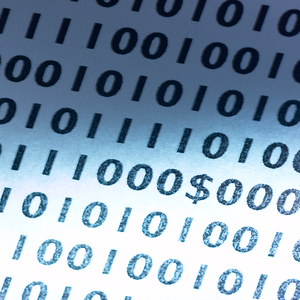Even Neurons Need Friends

In many neurological diseases, including multiple sclerosis (MS) and some types of neuropathy, myelin – the insulation that covers and surrounds most of the larger nerves – is damaged or deranged.
Scientists at the Weizmann Institute of Science in Rehovot, Israel, working with colleagues in the United States, recently reported finding an important new line of communication between cells in the nervous system that is crucial to the development of myelinated nerves. This new discovery may eventually help us to restore the normal function of the affected nerve fibers.
Nerve cells (neurons) have long, thin extensions called axons. The longest of these axons is in the verves supplying the feet, and they can be over three feet or more in length. The larger axons are covered by myelin, which is formed by a group of specialized cells called glia.
Glial cells move around the axon, laying down the myelin sheath in segments, while leaving small nodes of exposed nerve in between. Myelin provides protection for the delicate axons, and it also allows nerve signals to jump rapidly between the gaps or nodes, increasing the speed and efficiency of the transfer of electrical signals down the axon. When myelin is missing or damaged, the nerve signals cannot skip down the axons, leading to abnormal function of the affected nerve and eventually the now naked nerve may degenerate and die.
In research published in Nature Neuroscience, Elior Peles, Ivo Spiegel and their colleagues in the Molecular Cell Biology Department at the Weizmann Institute and in the United States, provided a new insight into the mechanism by which glial cells recognize and myelinate axons.
They found a pair of proteins that pass messages from axons to glial cells. These proteins, called Necl1 and Necl4, belong to a larger family of cell adhesion molecules. The whole class of cell adhesion molecules does exactly that: they sit on the outer membranes of cells and provide the glue that helps them to stick together. Even when removed from their cells, Necl1, which is normally found on the surface of the axon, and Necl4, that is found on the glial cell membrane, adhere together very tightly. When these molecules are in their natural homes of the axon and glial cell, they not only create physical contact between axon and glial cell, but also serve to transfer signals to the interior of the glial cells, initiating changes needed to undertake myelination.
The scientists found that production of Necl4 in the glial cells rises when they come into close contact with an unmyelinated axon and as the process of myelination begins. If Necl4 is absent from the glial cells, or if they blocked the attachment of Necl4 to Necl1, the axons that were in contact with the glial cells did not myelinate.
This is an exceptionally important discovery. Most of the approaches that we use for treating MS, peripheral neuropathy and other degenerative diseases, can often help with symptoms and may slow but not cure the diseases. But if we can understand the mechanisms that control the process of wrapping the axons by their protective sheath, we may be able to recreate that process in patients.






